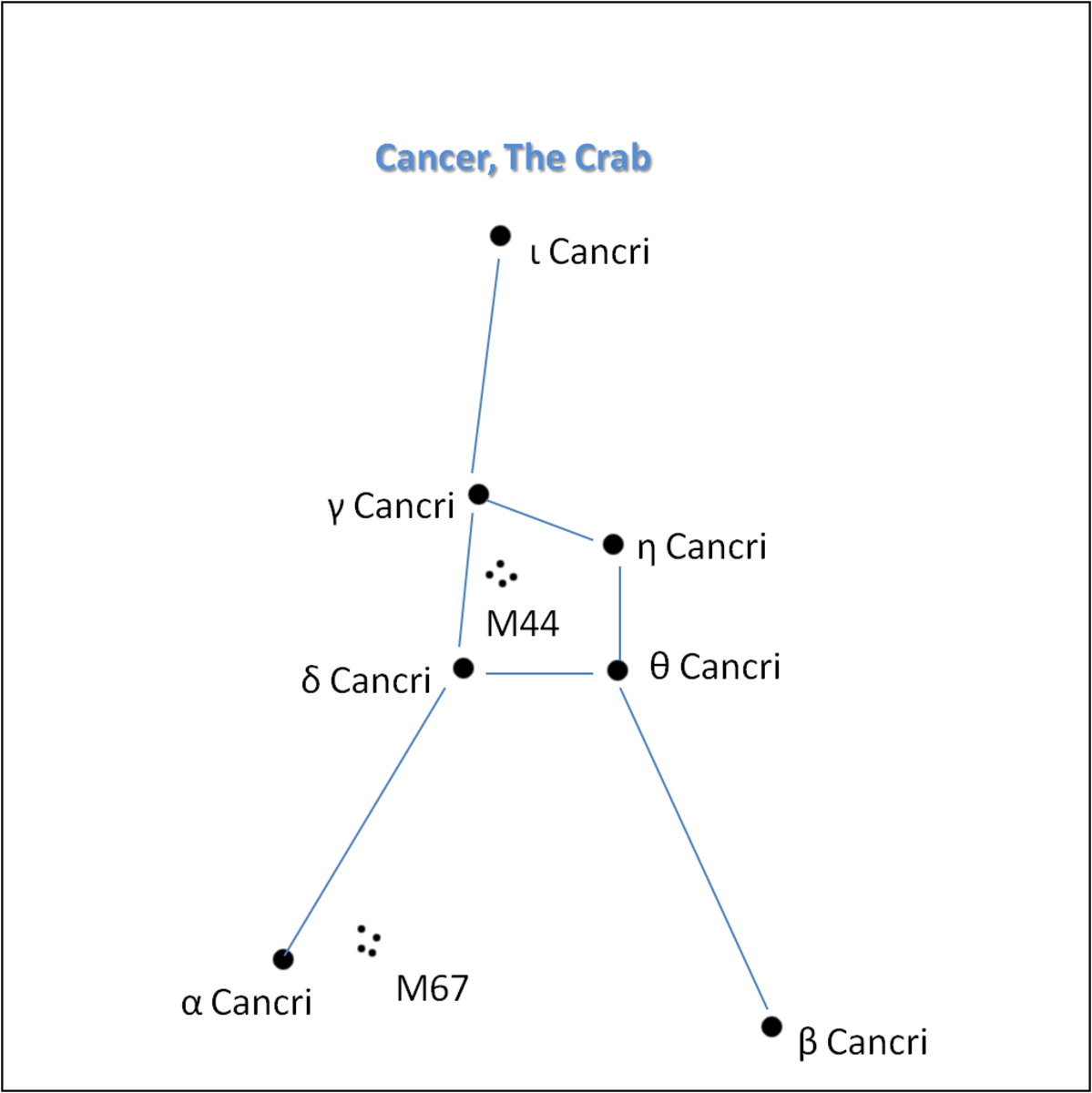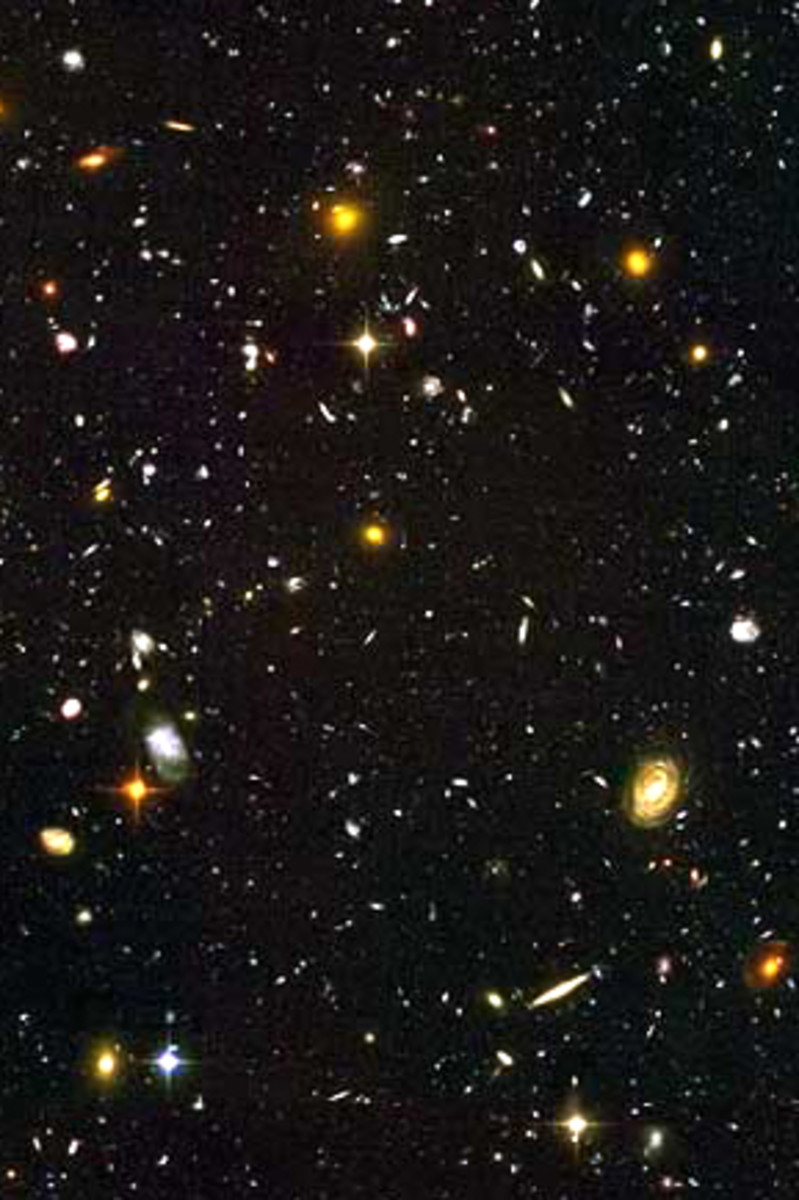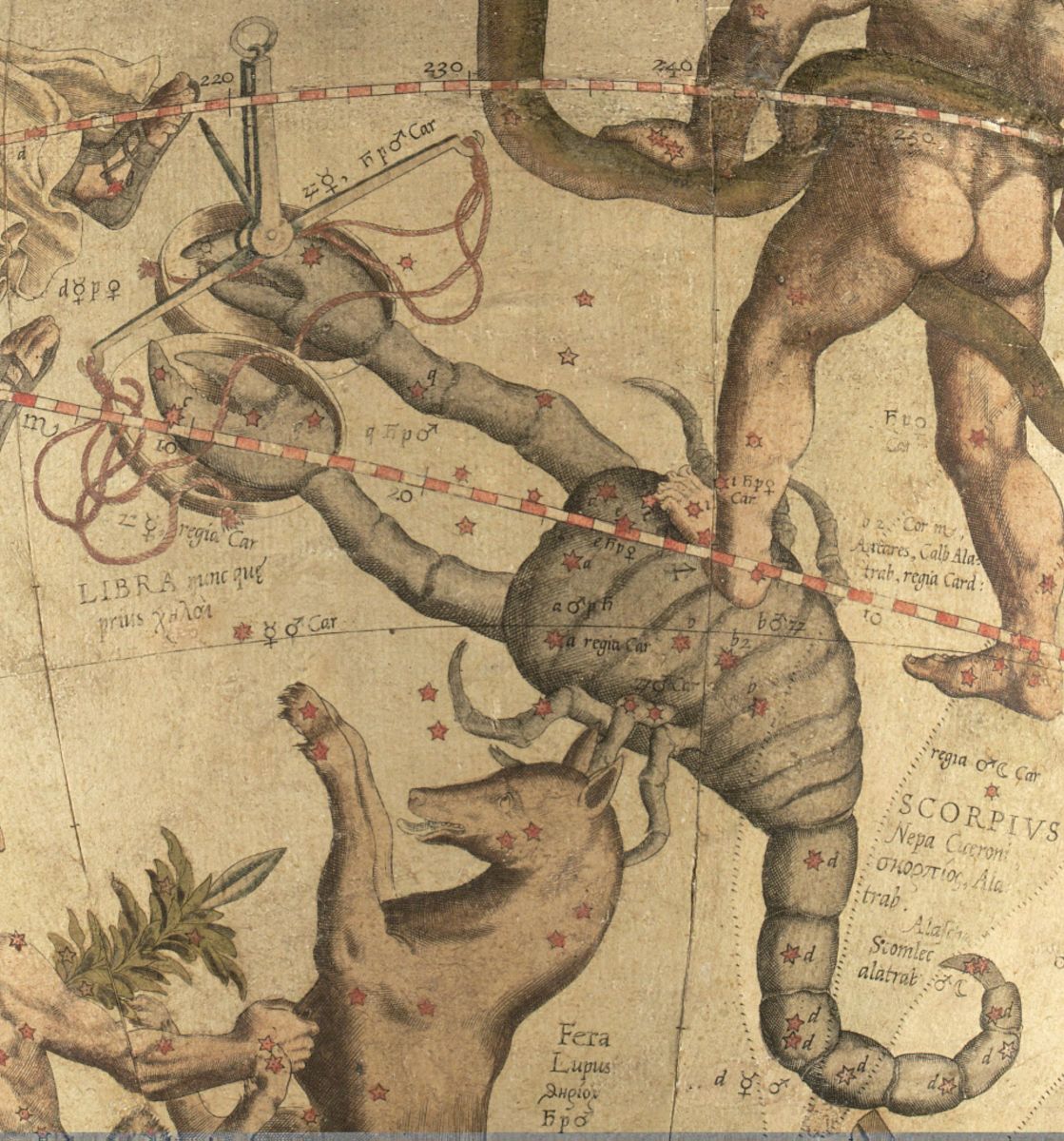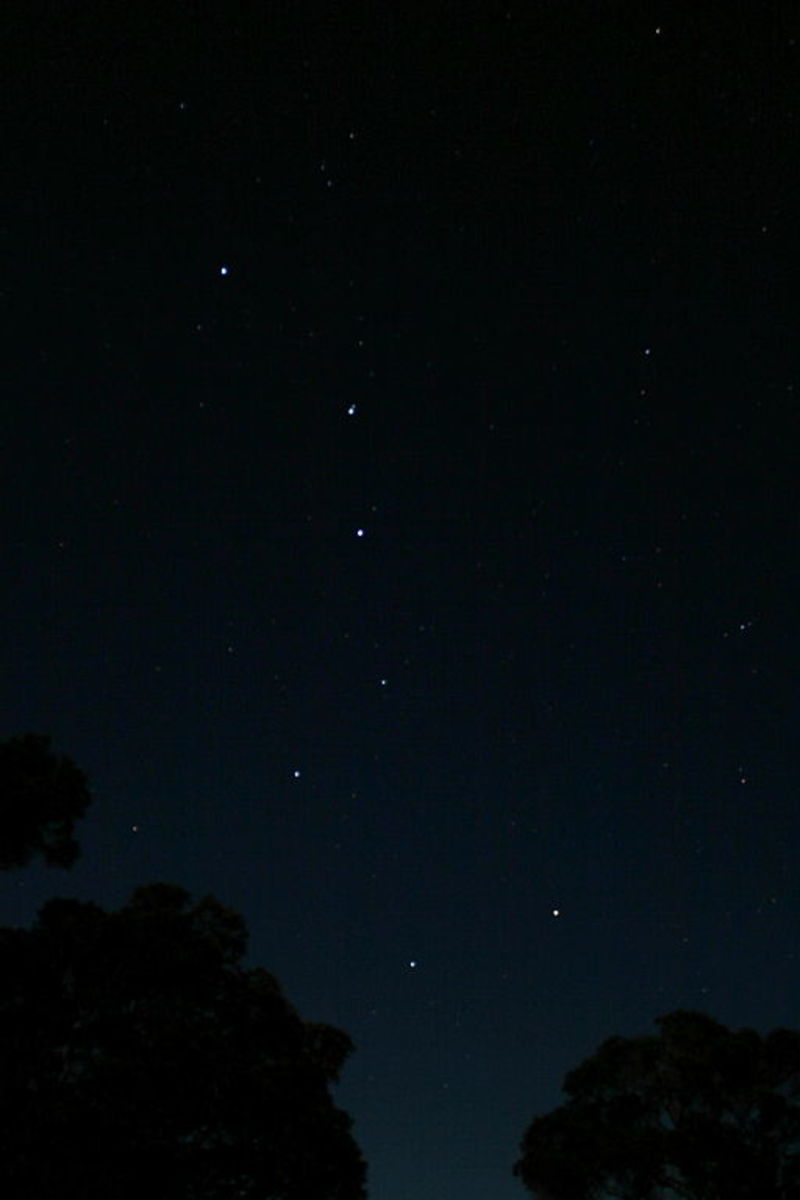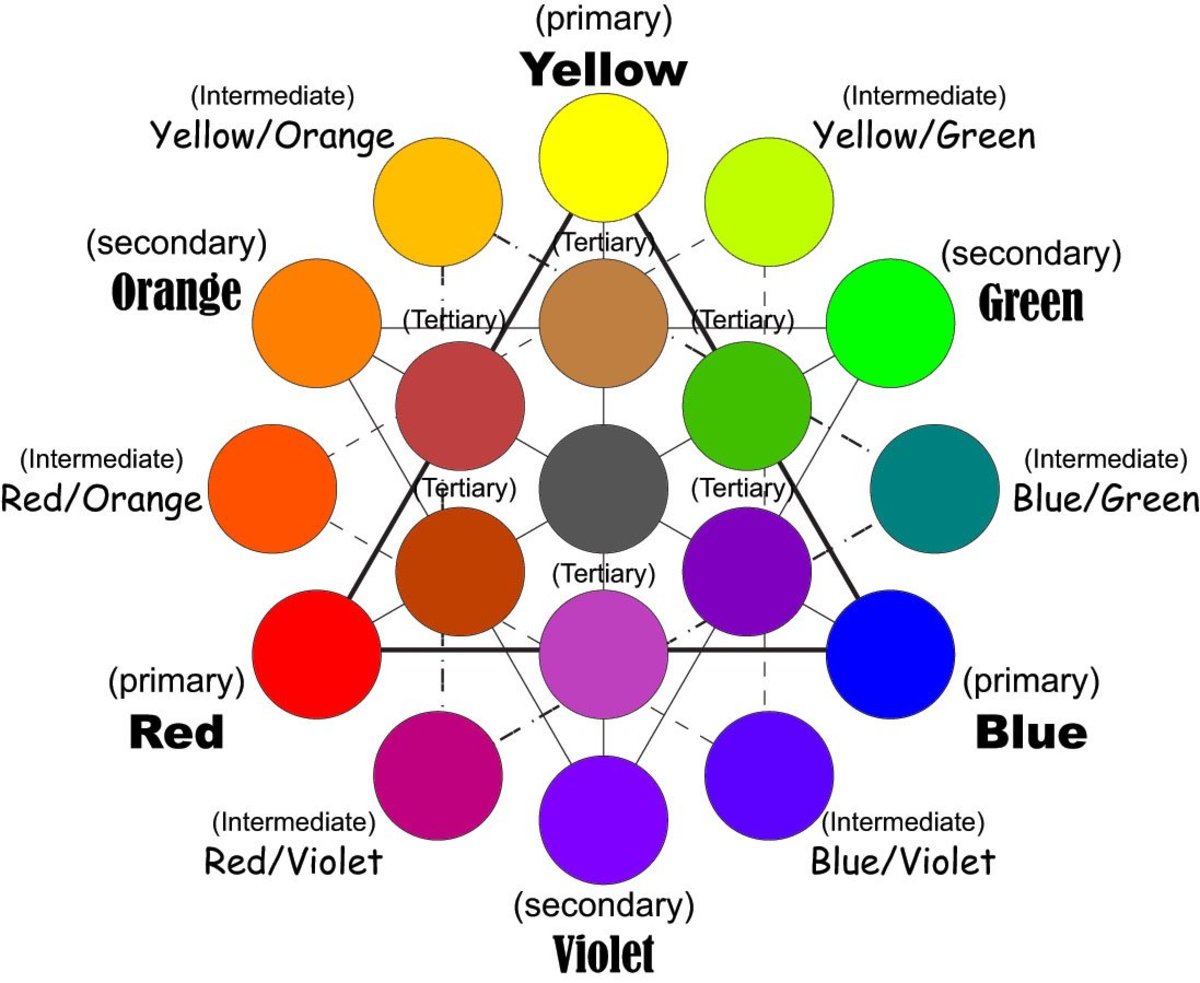Some Tips Before Decorating a Room with Glow in the Dark Stars
Are you planning on using glow in the dark stars to decorate a room? If so, here are some things you should consider before starting the project.
Random or Pattern?
Are you just planning to add the glow in the dark stickers randomly, or are you going to work off some sort of pattern? If you intend a random design, then the only thing you really need to consider is spacing. Try not to clump the stickers too close together, or too far apart, and make sure you have enough stars to finish the job. Don't equally space the stars out, as that will look unnatural and will destroy the effect.
Constellations
One alternative to doing them randomly is using constellations as a pattern. There are a number of different sources for the constellations to use.
Real Constellations
The easiest source of constellations is, of course, our own night sky. There are plenty of books and star maps available that show our constellations, and the night sky for each hemisphere during different seasons, in varying levels of detail.
Past or Future Constellations
Our night sky changes over the years. This is gradual, and takes a long, long time for any change to be seen. Even after tens of thousands of years, constellations can still look very similar to the current ones. You can, either by doing it yourself using computer programs or by using someone else's work, create the night sky as it would have existed many millions of years in the past or future.
Other Constellations
You are not limited to our own night sky and its' constellation for inspiration.
Other Solar Systems
It is, to some extent, possible to predict what the night sky would look like on planets in other solar systems. The limitations here are they would need to be systems where we have enough detail on the surrounding stars to create a night sky. This effectively means they would be (fairly) close to use, and the constellations would often be close to the ones that are visible from Earth.

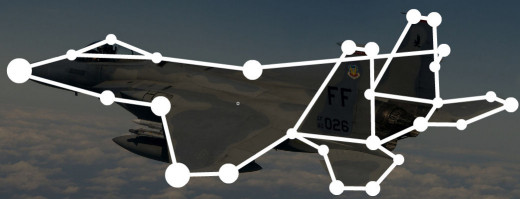
Fictional Constellations
Some fictional planets, especially those that are part of a fully fleshed out series or that have been made into a roleplaying game or MMORPG, often have their world and cosmology developed to such an extent that constellations and/or the rest of the night sky have been described and often pictured. The image to the right is that of the constellation of The Mage from Bethesda Softworks' Elder Scrolls series.
Another type of fictional constellation would be one that has been created by yourself. These could then be of anything. A picture - of a car, a plane, an animal or anything else desired - could be used as the basis for designing such a constellation. Here's an example of a constellation drawn using an F-15 as a base.
What Level of Detail to Use
There are a number of different adjustments that can be made to alter the level of realism used in your night sky. The easiest method is using glow in the dark stars all of the same size and colour, and only depicting major stars. Increasing the level of realism and detail will, of course, increase the amount of time the project will take.
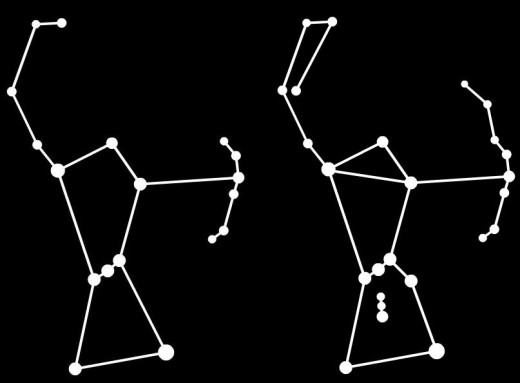
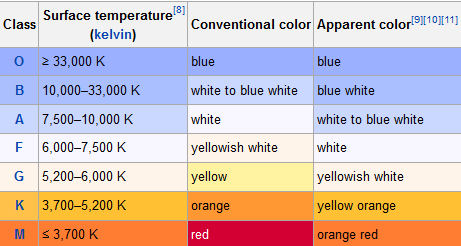
The Number of Stars
Constellation depictions vary in the number of stars used in the image. Some may use only the brightest stars in the map, whilst others may depict many of the minor ones too. Choose the level of detail required in your constellations, and keep to it. This picture shows two possible maps of the constellation of Orion at different levels of detail.
The Stellar Magnitude
Stars vary in magnitude, or brightness. It is possible to get glow in the dark stars of differing sizes. You can use larger glow stars to depict the brighter stars; the larger the star the brighter it is when viewed in real life. Here, it makes sense to only work to whole magnitudes, as magnitudes can extend beyond the decimal point. So, stars of magnitude 1.2 and 1.1 would both be considered to be magnitude 1 and use the same size star.
The stellar magnitudes will be depicted in any decent star map, so plan out beforehand which size star you are going to use for each planned magnitude. The brightest star (except the Sun), Sirius, has an apparent magnitude of -1.46, and there are only a handful of stars with apparent magnitudes under 1.
The Colour
Stars come in different colours. Some are noticeably coloured to the naked eye, such as Betelgeuse (red) and Rigel (blue). They do not have a huge range of colours; the conventional colours are blue, white to blue white, white, yellowish white, yellow, orange and red.
You could make the stars in your constellations match their conventional colours for added realism. The problem here is that most conventional glow in the dark stars are green. If you want to use different colours, it is quite likely that you will have to make your own, although there are packs available as shown to the right.
You could even get twinkling glow in the dark stars to depict variable stars.
Plan It Out
Whatever you decide to do with your glow in the dark stars project, you should always plan it out first. Should you choose to do a truly realistic depiction of our night sky down to magnitudes and star colours, measuring the rooms and walls first then planning it on paper will be the best way to go, but even if all you are doing is randomly scattering some stars across the ceiling, a bit of forethought is still required.
More Glow in the Dark Hubs
- Glow in the Dark Sunglasses
Glow in the dark sunglasses can be a great addition to any glow in the dark themed party or just as a novelty.



